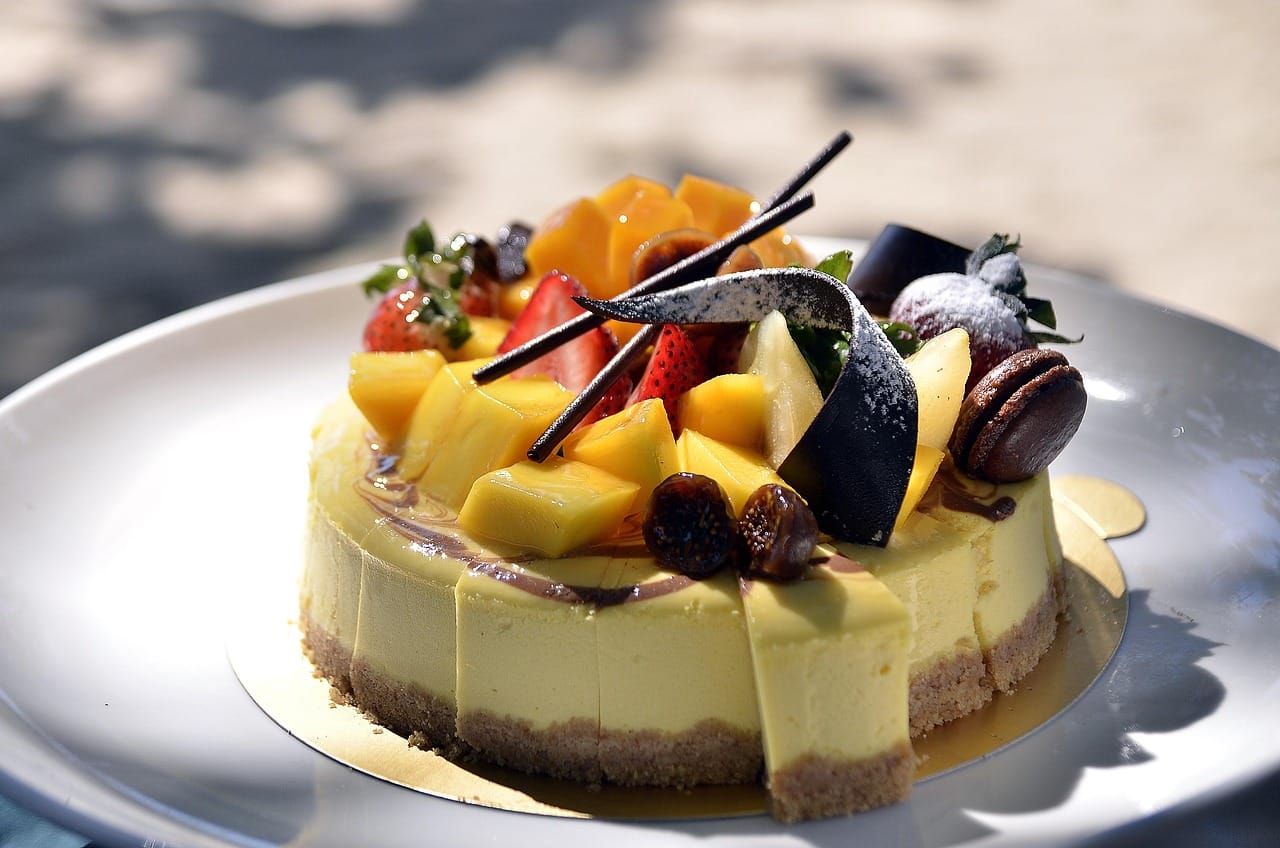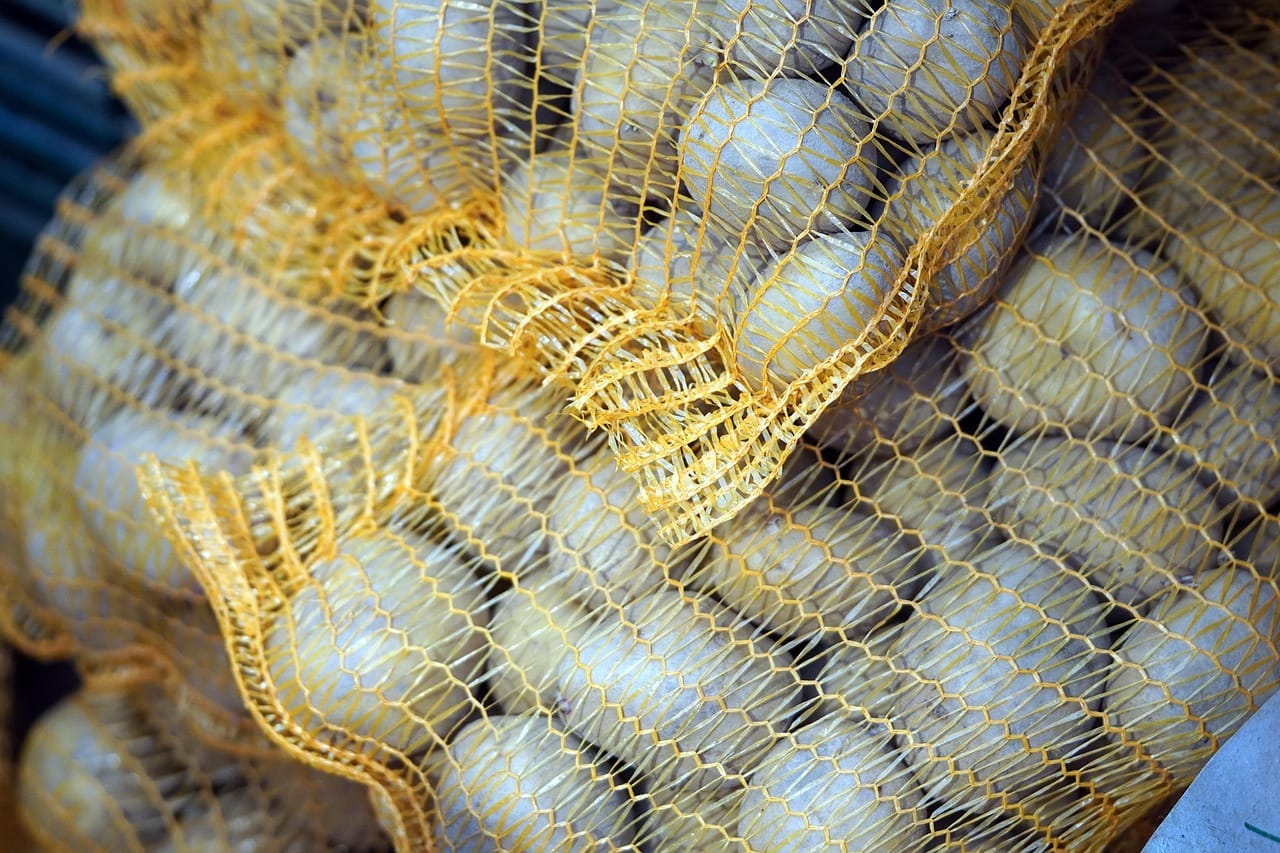Eclairs, those elongated pastries filled with creamy custard and glazed with decadent chocolate, are a testament to French pastry artistry. More than just a sweet treat, the eclair represents a delicate balance of textures and flavors – the airy choux pastry, the smooth, rich filling, and the glossy, satisfying glaze. In this guide, we’ll delve into the fascinating world of eclairs, exploring their history, components, variations, and the secrets to making them perfectly at home. Get ready to embark on a delectable journey into the heart of this classic pastry!
Understanding the Eclair: A Pastry Masterpiece
What Exactly is an Eclair?
At its core, an eclair is a type of choux pastry, a light and airy dough made from flour, water, butter, and eggs. What sets the eclair apart is its distinctive oblong shape and its traditional fillings and toppings. A classic eclair is filled with crème pâtissière (pastry cream) and glazed with chocolate icing. However, modern variations abound, incorporating different fillings, such as coffee cream, vanilla cream, or even fruit purees, and toppings ranging from caramel to colorful fondant. The word “éclair” itself means “lightning” in French, possibly referring to how quickly these pastries are eaten due to their irresistible nature.
The Key Components of an Eclair
- Choux Pastry: The foundation of any eclair. It’s crucial for the choux to be perfectly cooked and dried out in the oven, allowing it to puff up and create the hollow center needed for filling.
- Crème Pâtissière (Pastry Cream): This rich, smooth custard is the traditional filling. Made with milk, sugar, egg yolks, cornstarch, and vanilla, it provides a creamy counterpoint to the light choux pastry.
- Glaze: The final touch. A chocolate glaze is the most common, but other options like caramel, coffee, or flavored fondant add variety. The glaze provides sweetness, shine, and an extra layer of flavor.
A Brief History of the Eclair
While the exact origins are debated, the eclair is generally credited to Antonin Carême, a renowned French chef from the early 19th century. Carême, often called the “king of chefs and chef of kings,” is credited with streamlining and perfecting many classic French pastries, including the eclair. It evolved from earlier, similar pastries and quickly gained popularity in France and beyond. The eclair remains a symbol of French pastry excellence, enjoyed worldwide.
Mastering the Art of Choux Pastry
The Science Behind Choux
Choux pastry’s unique texture comes from the high moisture content and the way it’s cooked. The process involves cooking the flour and water (or milk) together to create a thick paste. This “gelatinizes” the starch, allowing it to absorb a large amount of liquid. The eggs are then added gradually, creating an emulsion. The high water content turns to steam in the oven, causing the pastry to puff up dramatically. The protein from the eggs then sets, providing structure and stability to the airy shell. A perfectly made choux pastry should be crisp on the outside and hollow on the inside.
Tips for Perfect Choux
- Use High-Quality Ingredients: Fresh eggs and good butter make a difference.
- Cook the Dough Properly: Ensure the flour and water mixture forms a smooth, cohesive mass. Don’t rush this step.
- Add Eggs Gradually: Incorporate the eggs one at a time, making sure each egg is fully absorbed before adding the next. The dough should be smooth and pipeable.
- Pipe Evenly: Use a piping bag and a large round tip to pipe consistent lengths of dough onto a baking sheet lined with parchment paper. Maintain uniform size for even baking.
- Bake at the Right Temperature: Start with a high temperature to create steam, then lower it to allow the pastry to dry out and set. Resist the urge to open the oven door during baking, as this can cause the pastry to deflate.
- Let Cool Completely: Allow the baked choux pastry to cool completely on a wire rack before filling. This prevents the pastry cream from melting and making the shells soggy.
Troubleshooting Common Choux Pastry Problems
- Pastry Doesn’t Puff: This could be due to insufficient cooking of the flour and water mixture, not enough eggs, or opening the oven door too soon.
- Pastry is Flat: Overmixing the dough can deflate it. Also, ensure the oven temperature is high enough at the beginning of baking.
- Pastry is Soggy: This could be due to not drying out the dough sufficiently in the oven, or filling the pastries while they are still warm.
Creating Delicious Fillings and Glazes
Exploring Filling Variations
Crème pâtissière is the classic eclair filling, but the possibilities are endless!
- Coffee Cream: Add instant espresso powder to your pastry cream for a coffee-flavored filling.
- Chocolate Cream: Incorporate melted chocolate or cocoa powder into the pastry cream.
- Vanilla Bean Cream: Use vanilla bean paste or a vanilla bean to infuse the cream with intense vanilla flavor.
- Fruit-Flavored Cream: Fold in fruit purees or jams for a fruity twist. Raspberry, strawberry, and passion fruit are popular choices.
- Chantilly Cream: A lighter option made from whipped cream, sugar, and vanilla extract.
Mastering the Art of Glazes
A well-made glaze adds both visual appeal and a burst of flavor.
- Chocolate Glaze: Melt chocolate with a bit of butter or cream for a glossy, rich glaze.
- Caramel Glaze: Make a caramel sauce and let it cool slightly before glazing.
- Coffee Glaze: Add instant espresso powder to a simple powdered sugar glaze.
- Fondant Glaze: A smooth, opaque glaze that can be tinted with food coloring for a vibrant look.
- Simple Sugar Glaze: A basic mixture of powdered sugar and water or milk, flavored with vanilla extract or other extracts.
Tips for Perfect Glazes
- Consistency is Key: The glaze should be thick enough to coat the eclair evenly but thin enough to pour smoothly.
- Apply While Slightly Warm: A slightly warm glaze will adhere better to the pastry.
- Let Glaze Set: Allow the glaze to set completely before serving to prevent it from running.
Modern Eclair Variations and Serving Suggestions
Beyond the Classic: Creative Eclair Designs
Eclairs have evolved beyond the traditional chocolate-glazed version. Here are some modern takes:
- Savory Eclairs: Filled with savory creams, such as cheese and herb, or smoked salmon.
- Éclair Towers (Croquembouche): Small eclairs stacked in a cone shape and held together with caramel, often used for celebrations.
- Deconstructed Eclairs: Serving the choux pastry, cream, and glaze separately, allowing guests to assemble their own eclairs.
- Mini Eclairs (Éclairons): Bite-sized eclairs, perfect for parties and desserts tables.
Serving and Storage Tips
- Serve Fresh: Eclairs are best enjoyed the same day they are filled.
- Storage: Store unfilled choux pastry in an airtight container at room temperature for a day or two. Filled eclairs should be refrigerated and consumed within 24 hours.
- Freezing: You can freeze unfilled choux pastry after baking. Wrap them tightly in plastic wrap and store them in a freezer bag. Thaw completely before filling.
- Presentation: Arrange eclairs artfully on a platter, or serve them individually on dessert plates with a dusting of powdered sugar.
Conclusion
The eclair, a testament to the artistry of French pastry, is a delightful treat that combines airy choux pastry, creamy fillings, and decadent glazes. Mastering the art of eclair making requires practice and attention to detail, but the results are well worth the effort. From understanding the science of choux pastry to exploring creative filling and glaze variations, the world of eclairs offers endless possibilities for culinary exploration. Whether you’re a seasoned baker or a novice in the kitchen, we hope this comprehensive guide has inspired you to embark on your own eclair-making adventure. So, gather your ingredients, preheat your oven, and get ready to create some éclair magic!




